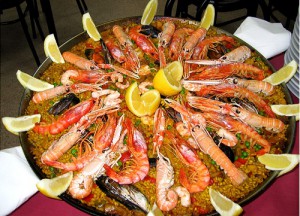Hola Amigos! Are you ready for Christmas? Have you finished your letters to Santa? ![]() To get you ready to meet him in just 2 weeks, Visual Link Spanish gives you a few Christmas and Santa Claus- related phrases. Why not add some Spanish words to your Christmas fun? We’re sure you all know Feliz Navidad, and here are a few things you would say to Santa (and make sure you teach your kids the last one ;)).
To get you ready to meet him in just 2 weeks, Visual Link Spanish gives you a few Christmas and Santa Claus- related phrases. Why not add some Spanish words to your Christmas fun? We’re sure you all know Feliz Navidad, and here are a few things you would say to Santa (and make sure you teach your kids the last one ;)).
Yo creo en Santa Clos/Papá Noel. | I believe in Santa Claus.
Me porté bien este año. | I behaved well this year (I was a good boy/girl this year.)
Me alegra estar con mi familia. | It makes me happy to be with my family.
He perdonado a mis hermanos. | I have forgiven my brothers and sisters.
Me portaré mejor el año que viene. | I’ll behave better next year.
¿Podrías darlos a mis padres algo bien? | Could you give my parents something nice?

Enjoy the Festive Season Everyone!
P.S. In case you’re not done with your gift shopping yet, let us remind you that giving your loved ones the gift of learning Spanish is a great idea and something they’ll be thankful for years to come.








